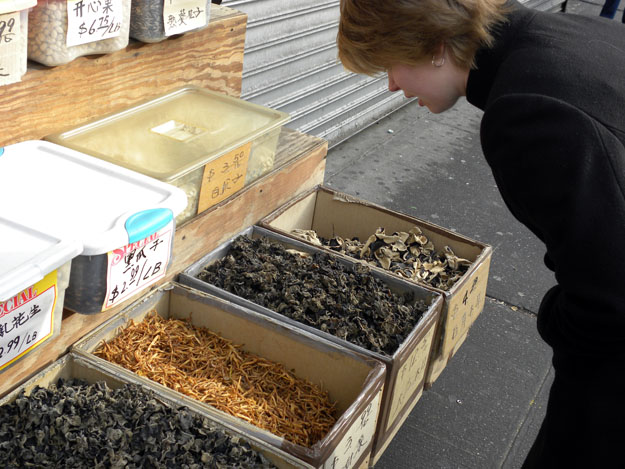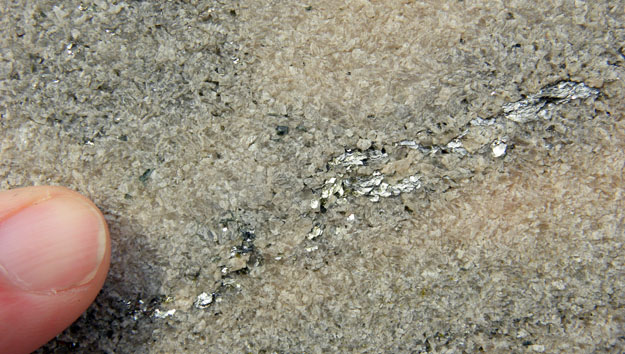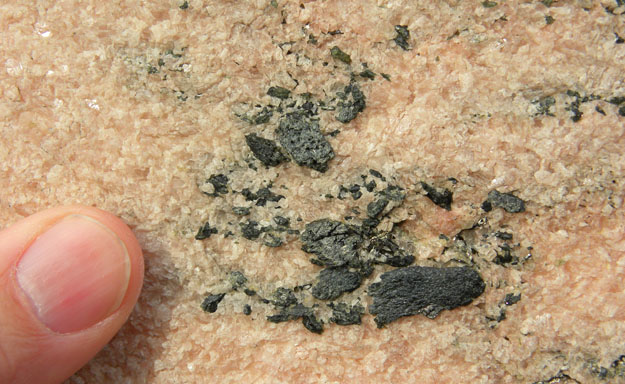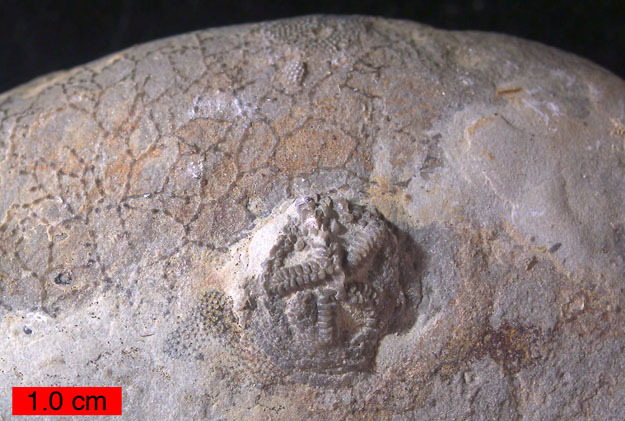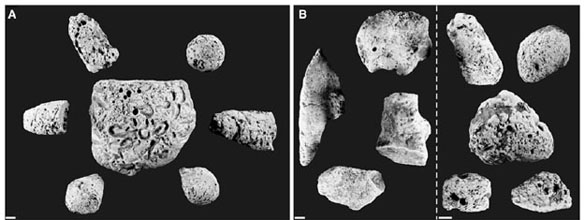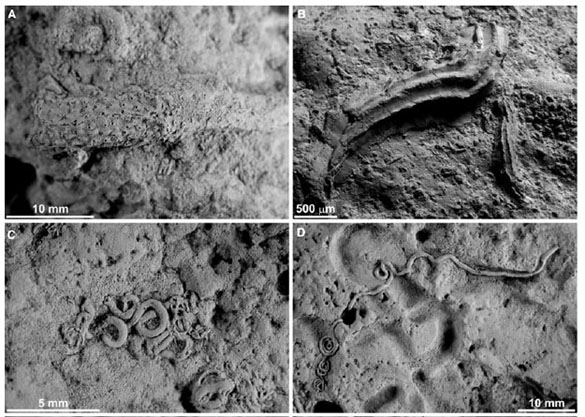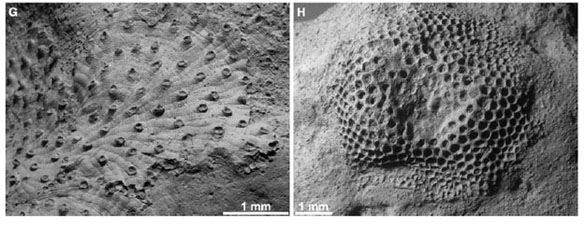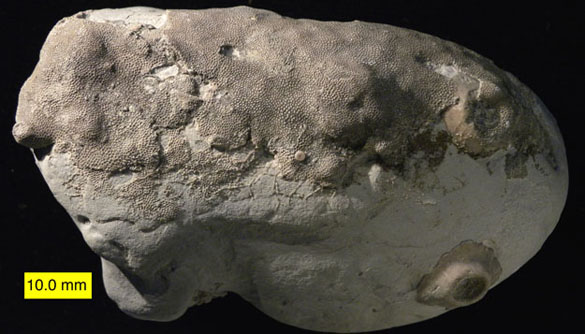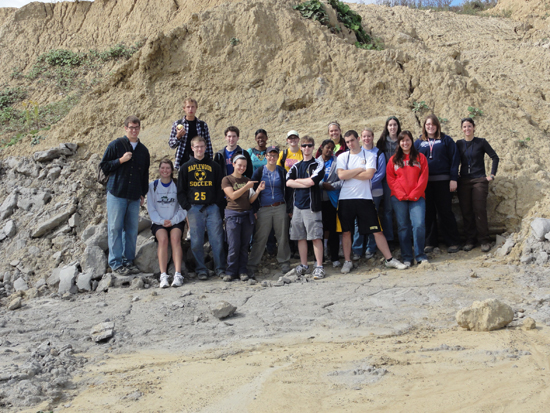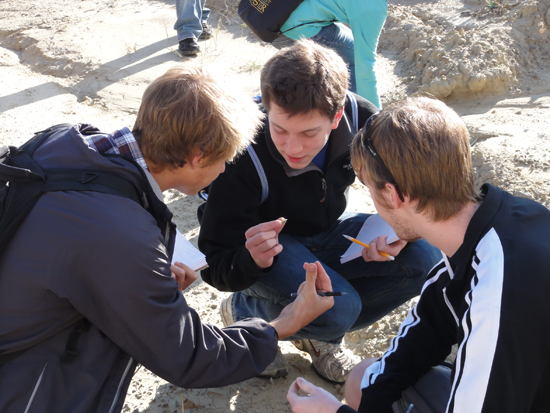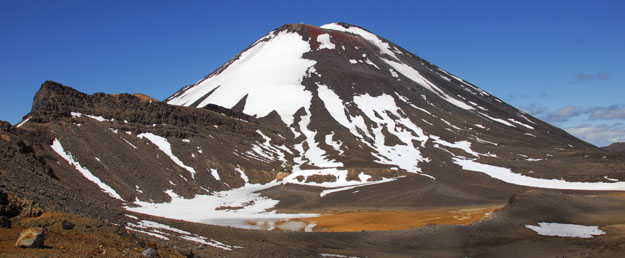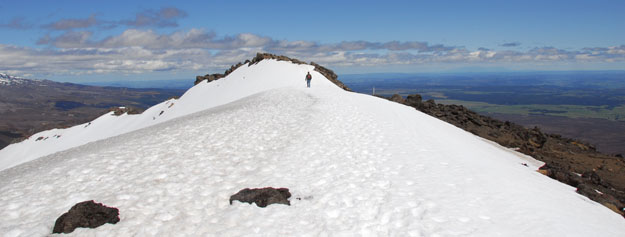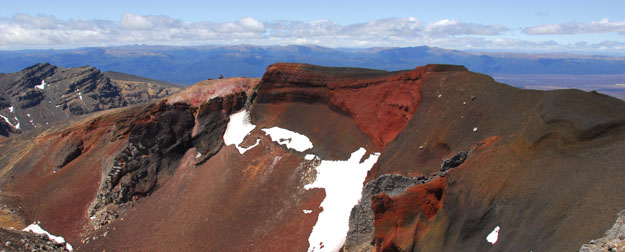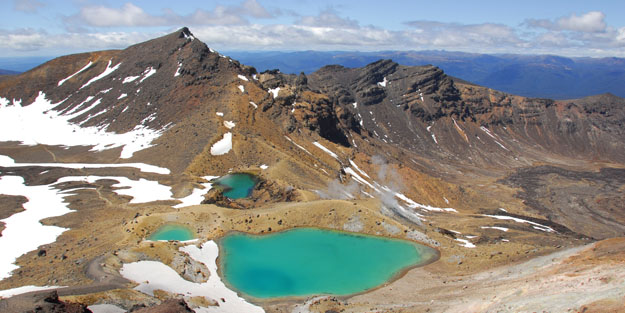
This week I’m correcting a mistake I’ve been making in my paleontology courses for nearly thirty years. Our subject is a graptolite from the teaching collections — a specimen that has been at least cursorily examined by all of my paleontology students. It is not a particularly pretty fossil, but an important one for biostratigraphy and evolution.
Graptolites were colonial marine organisms which thrived from the Late Cambrian (roughly 510 million years ago) into the Early Carboniferous (about 350 million years ago). Their colonies, termed rhabdosomes, were not mineralized, so they are most commonly preserved as thin carbon films like our featured specimen. The rhabdosome usually began with a single individual, known as a sicula, that budded branches called stipes. Each stipe is lined with cup-like thecae that held what we presume were filter-feeding individuals termed zooids (much like bryozoans). The number of stipes per rhabdosome varies considerably, from one to dozens. Some graptolites were sessile benthic epifaunal (attached to the seafloor on hard surfaces) while others were planktic (suspended or floating).
Our specimen above is the planktic graptolite Pendeograptus fruticosus from the Lower Ordovician (about 477-474 million years old) near Bendigo, Australia. There are actually two specimens overlapping here. I’ve labeled one sicula as “S1” and the other as “S2”.
This is where my mistake began. I identified these graptolites during my first professorial year as Tetragraptus fruticosus, believing that there were two specimens with, as you might guess from the name, four stipes each. When I counted the actual stipes present, though, I found only three each. I believed, though, that graptolites had either one, two, four or many stipes, so specimens with only three had to have one stipe missing or folded over as to be invisible. So for the curious student who counted three where there should have been four, I confidently explained the preservational oddity. That both specimens lacked the fourth stipe did not apparently shake my resolve.
It was only after photographing this specimen that I looked closely enough to see that, indeed, three stipes are present and there is no evidence of a fourth for either rhabdosome. (I added numbers and letters to the above image to delineate the stipes.) Maybe there really are three-stiped graptolites? This was easily enough confirmed by simply Googling “three-stiped graptolite”. Who knew? This version of “Tetragraptus” is actually the genus Pendeograptus. Oops.
Turns out that our Pendeograptus fruticosus is part of an evolutionary series proceeding from four to three to two stipes. The three-stiped version we have is an indicator for the Australian Bendigonian Stage and a global index fossil for this narrow time interval 477 to 474 million years ago.
You can now see this specimen (without the red labels) on the Wikipedia page for graptolites. I’m correcting my mistake and sharing a useful little fossil with the world.





